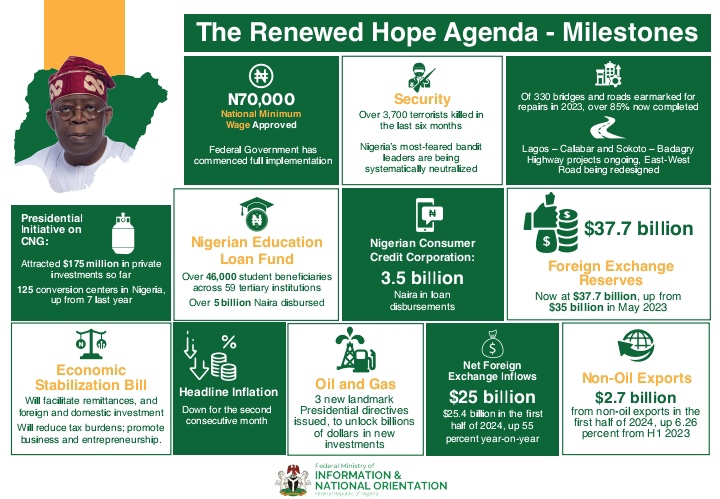By DEJI NEHAN
The Easter Return: A Homecoming Story
On a brisk Good Friday morning in the heart of Benin City, Osamudiamen Igbinovia zipped up his travel bag with quiet anticipation. It was his first Easter back home in over a decade. A UK-based nurse, Osamudiamen had waited for this very moment, walking barefoot into his ancestral compound, kneeling before his aged grandmother, and offering her a gift wrapped in lace and love.
He wasn’t the only one returning. From Lagos to London, Kaduna to Canada, thousands like him were flooding into Benin and other heritage-rich towns across Nigeria. Flights were booked. Roads bustled. Markets swelled with yam, egusi, and live chickens. Streets once sleepy now pulsed with drums, church processions, and the scent of smoky suya.
Faith in Motion: Pilgrimage and Spiritual Renewal
For many Nigerians, Easter is more than just a Christian commemoration; it is a pilgrimage of the heart and a physical journey of faith. Across the country, highways teem with buses bearing worshippers en route to spiritual destinations. From Redemption Camp in Ogun State to the Holy Aruosa Cathedral in Benin City, thousands gather in solemn assembly, each soul seeking personal renewal, peace, and healing.
In Benin City, the season takes on a uniquely rich expression. At the outskirts of Ugbowo, the annual Easter revival hosted by Bishop Osemwengie’s Living Covenant Assembly draws pilgrims from all corners of Edo State. The open-air crusade ground comes alive with prayer chants, gospel songs in the Edo language, and testimonies echoing under the moonlight.
Pilgrimage during Easter is not just about the destination; it’s about transformation. Young people reconnect with their spirituality. Elders impart wisdom laced with scripture and folklore. Even street hawkers selling palm crosses and prayer bands become part of a larger faith economy.
Culture Awakens: A Season for Heritage and Identity
While church bells ring and choirs rehearse their resurrection hymns, something deeper stirs in the communities of Benin City, something older than colonial cathedrals and just as powerful: culture.
In the GRA district, the Igueben Cultural Troupe begins its Easter performances. Dressed in vibrant coral beads and painted faces, the dancers sway to the rhythm of ancient drums, telling stories of warriors, forests, and forgotten gods.
Easter in Benin is when tradition and Christianity shake hands. Palm-waving worshippers attend morning services and join masquerade festivals in the evening. “Easter no dey scatter our culture,” says Mama Edeki from Ikpoba Hill. “Na we dey use am join am together our God and our ground.”
READ ALSO: JAMB releases Mock UTME results (+ How to check results)
From Heritage to Hustle: The Economy of Easter
And where culture thrives, so too does commerce. Tailors are fully booked. Artisans carve masks and beads. Dancers and drummers are paid. Even old women selling akamu and ukodo make brisk sale.
The economic impact is unmistakable. Transport companies hike fares and sell out. Hotels in GRA and Sapele Road are fully booked. Airbnb’s boom. Markets pulse with trade from New Benin to Oregbeni, and hair salons overflow. Designers pull all-nighters for Easter Sunday fashion.
Even land agents get busy. Diaspora returnees use the time to inspect building projects, scout properties, and gift land. Easter becomes not just a spiritual break but a business season.
Religious Tourism and Local Development
Benin City is quietly emerging as a hub for religious tourism. While eyes often turn to Lagos or Abuja, Edo is carving out its space one revival at a time.
Events like the Festival of Light at Ogba Stadium or Resurrection Encounter at UNIBEN Sports Complex draw tens of thousands. These aren’t just altar calls for their business hubs. From event rentals to food vendors, entire micro-economies come alive.
And then there’s the Holy Aruosa Cathedral, perhaps West Africa’s oldest church, built by the Benin people. It’s a site of untapped potential for cultural and spiritual tourism.
Local churches now organize guided historical tours. Hotels and transport services offer group packages. The Edo Ministry of Arts, Culture, and Tourism is exploring official Easter heritage routes.
But success hinges on better roads, visitor amenities, and stronger government and private sector partnerships.
Easter as a Convergence Point
Easter is more than a holiday. It’s a convergence where faith, culture, and commerce coexist harmoniously.
In Benin City, one family might attend a sunrise service in Upper Sakponba, a traditional wedding in Ekehuan, and a cultural dance at Ring Road all in one day. These moments root identity in something deeper where spiritual and social life intertwine.
Easter binds generations. Grandparents share stories, parents host gatherings, and children absorb rituals they’ll one day repeat. This continuity is Easter’s true power: identity, like resurrection, can always be restored.
Conclusion: A Season to Harness, Not Just Celebrate
As the Easter hymns fade and the roads empty, Benin City returns to its rhythm. But the season leaves behind a blueprint.
Easter shows us that faith can fuel enterprise, that culture can survive modernity, and that homecoming can be more than a visit; it can be a mission. It’s time to see Easter as a spiritual fixture and a strategic one.
Here’s how:
- Religious leaders can partner with businesses to create Easter markets and festivals.
- Cultural custodians can host heritage events for locals and tourists.
- The government can formalize Easter tourism, invest in roads, and support SMEs.
- Diaspora returnees can invest, support artisans, and uplift their hometowns.
Let’s not let Easter’s energy vanish with the public holiday. Let it inspire plans, policies, and partnerships reviving our cities and stories.
Because if one season can bring back Osamudiamen and all he represents, it can bring back much more.













